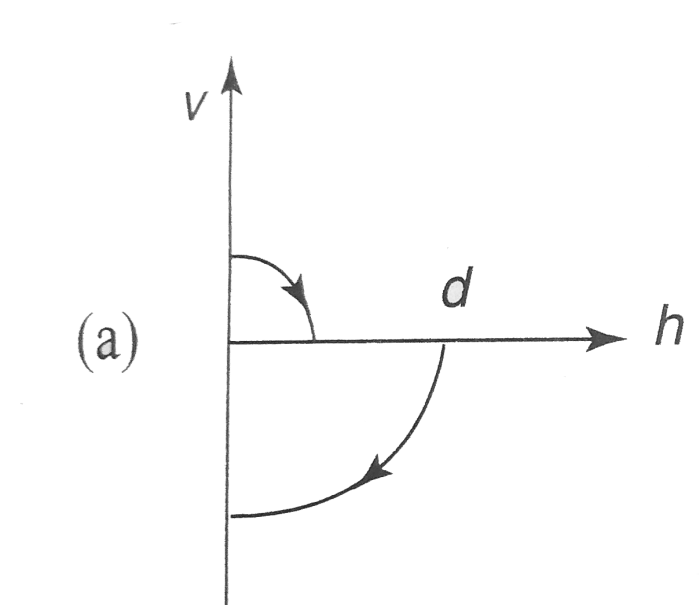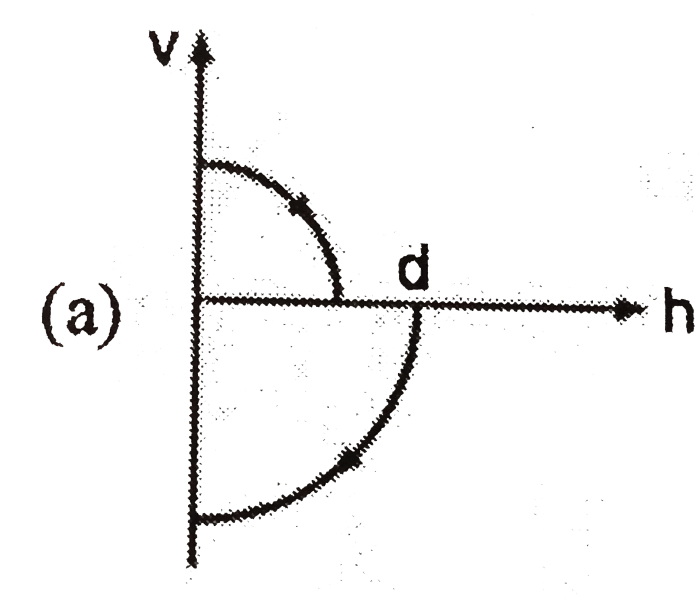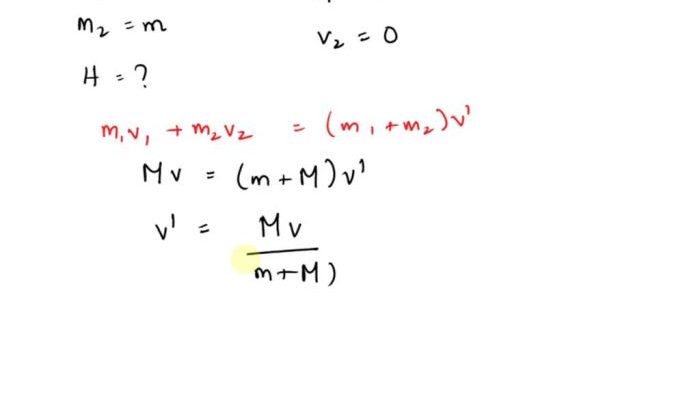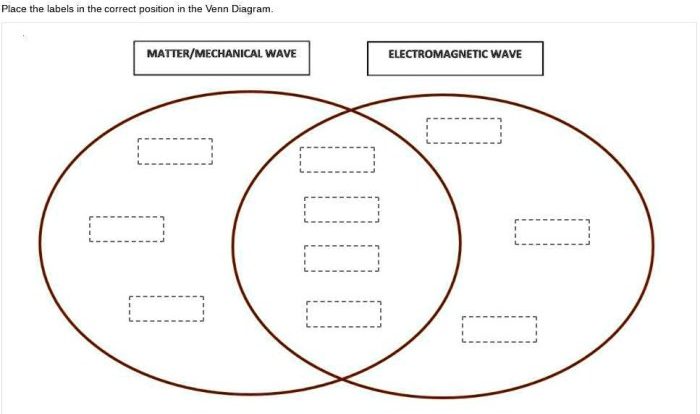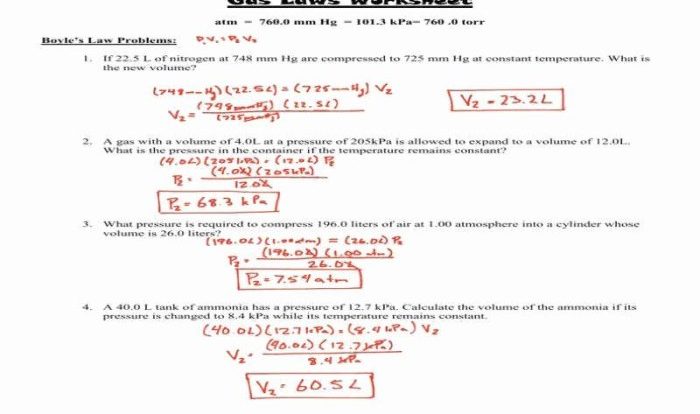One ball is dropped vertically from a window – As one ball embarks on a vertical descent from a window, it becomes a subject of scientific inquiry. This exploration delves into the intricate motion, forces, and effects that govern the ball’s journey, shedding light on fundamental physics concepts.
The initial conditions set the stage for the ball’s free fall, influenced by gravity’s relentless pull. As it plummets, air resistance emerges as a subtle yet significant factor, shaping the ball’s trajectory. The impact with the ground marks a pivotal moment, revealing the interplay of momentum, energy, and impulse.
One Ball is Dropped Vertically from a Window
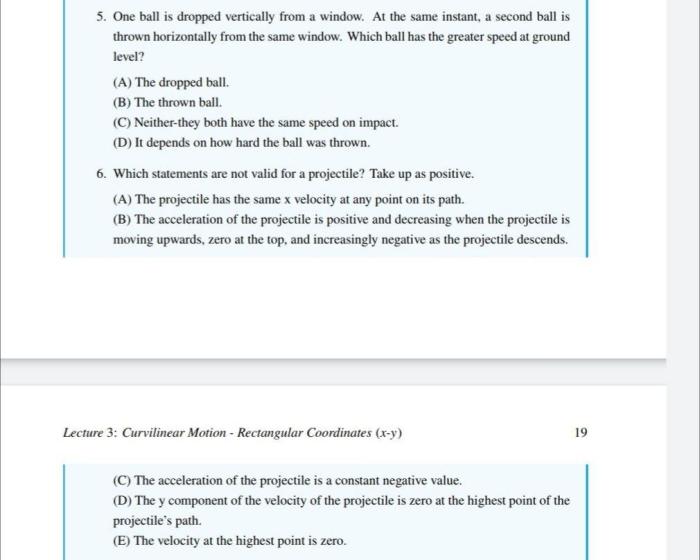
This article examines the motion of a ball dropped vertically from a window. It explores the initial conditions, free fall, air resistance, impact with the ground, rebound, and trajectory of the ball, providing a comprehensive analysis of its motion.
Initial Conditions
When the ball is dropped from the window, it has an initial height habove the ground and an initial velocity of 0 m/s. The initial conditions are illustrated in the diagram below:

Free Fall, One ball is dropped vertically from a window
As the ball falls, it is under the influence of gravity. The acceleration due to gravity is g= 9.81 m/s 2. During free fall, the ball’s velocity increases linearly with time, and its distance from the starting point increases quadratically with time.
The distance fallen after time tis given by:
d= 1/2 gt2
The velocity of the ball after time tis given by:
v= gt
Air Resistance
Air resistance acts as a drag force on the ball, opposing its motion. The magnitude of air resistance depends on the velocity of the ball and the density of the air. Air resistance causes the ball to decelerate and fall at a slower rate than it would in a vacuum.
The magnitude of air resistance is given by:
Fdrag= 1/2 Cd ρ A v2
where:
- Cdis the drag coefficient
- ρis the density of the air
- Ais the cross-sectional area of the ball
- vis the velocity of the ball
Impact with the Ground
When the ball hits the ground, it experiences a brief but intense force. The force of impact is equal to the change in momentum of the ball. The duration of the impact is very short, typically less than 0.01 seconds.
The force of impact is given by:
F= m( vf
vi) / t
where:
- mis the mass of the ball
- vfis the final velocity of the ball
- viis the initial velocity of the ball
- tis the duration of the impact
Rebound
After the ball hits the ground, it rebounds to a certain height. The height of the rebound depends on the coefficient of restitution of the ball and the ground. The coefficient of restitution is a measure of the elasticity of the collision.
The height of the rebound is given by:
hr= e2 h
where:
- eis the coefficient of restitution
- his the initial height of the ball
Trajectory
The trajectory of the ball is the path it follows through the air. The trajectory of a ball dropped vertically from a window is a parabola. The shape of the parabola depends on the initial velocity of the ball and the acceleration due to gravity.
The equation of the trajectory is given by:
y=
1/2 gt2+ vt+ h
where:
- yis the height of the ball at time t
- gis the acceleration due to gravity
- vis the initial velocity of the ball
- his the initial height of the ball
Popular Questions: One Ball Is Dropped Vertically From A Window
What is the acceleration due to gravity?
Approximately 9.8 m/s², a constant acceleration experienced by objects in free fall near Earth’s surface.
How does air resistance affect the ball’s motion?
Air resistance opposes the ball’s motion, reducing its velocity and altering its trajectory.
What factors influence the height of the rebound?
The ball’s elasticity, the coefficient of restitution, and the surface it strikes.
